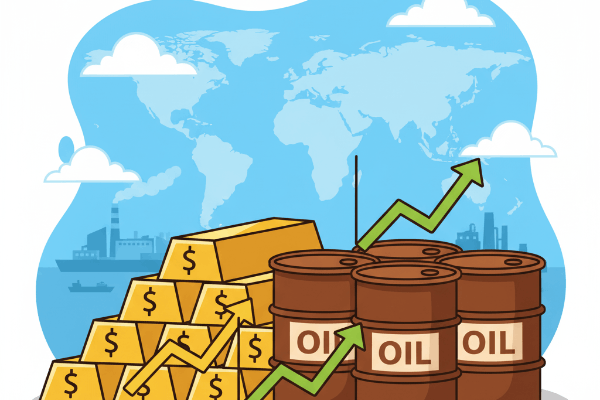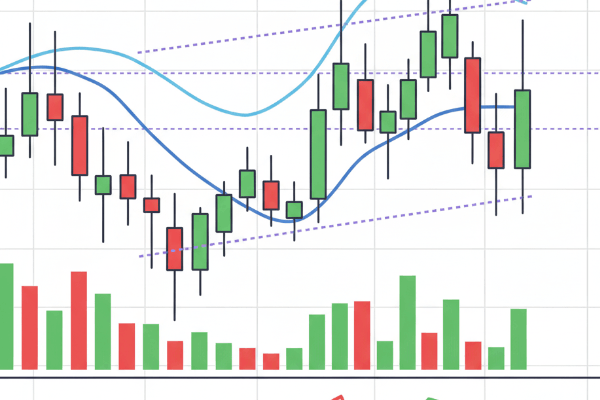Before stocks, bonds, and cryptocurrencies, there were commodities. For centuries, humans have traded raw materials like gold, oil, and wheat—the fundamental building blocks of our economy. Today, commodity trading is a dynamic market offering unique opportunities for traders. But what exactly are commodities, and how can you start trading them? This guide will break it down for you.
What Are Commodities?
A commodity is a basic good or raw material used in commerce that is interchangeable with other goods of the same type. This means that, for example, gold is basically the same no matter who produces it. Commodities are often the inputs in the production of other goods or services.
They are typically categorized into two main groups: hard and soft commodities.
Hard Commodities: Mined and Extracted
These are natural resources that must be mined or extracted from the earth. They are generally more durable and have a longer shelf life.
- Precious Metals: Gold, Silver, Platinum. Often seen as "safe-haven" assets during economic uncertainty.
- Energy: Crude Oil, Natural Gas. Their prices are highly sensitive to geopolitical events and global economic demand.
Soft Commodities: Grown and Harvested
These are agricultural products that are grown rather than mined. Their supply can be affected by weather, disease, and seasonal cycles.
- Agriculture: Corn, Wheat, Soybeans, Coffee, Sugar. These are essential for food production and consumption worldwide.
- Livestock: Cattle, Hogs. While available on some platforms, they are less commonly traded by retail investors.
How to Trade Commodities
You don't need to own a silo of grain or a barrel of oil to trade commodities. Modern financial markets allow you to speculate on their price movements through derivatives. The most important thing is to have a solid grasp of **trading psychology** to manage the emotional highs and lows of the market.
Key Concepts for Trading
Understanding the forces that move commodity prices is crucial. Unlike stocks, which are influenced by company performance, commodities are driven by supply and demand dynamics on a global scale. Factors include:
- Geopolitical Events: Conflicts in oil-producing regions can cause crude oil prices to spike.
- Weather Patterns: A drought in a major agricultural region can reduce the supply of corn, driving up its price.
- Economic Data: Strong economic growth in countries like China can increase demand for industrial metals and energy.
- Value of the US Dollar: Since most commodities are priced in USD, a stronger dollar can make them more expensive for foreign buyers, potentially reducing demand.
Getting Started: A Simple Path for Beginners
Trading commodities can seem complex, but a structured approach can simplify the process.
1. Choose Your Commodity
Start by focusing on one or two commodities you understand. If you follow energy news, perhaps crude oil is a good starting point. If you understand seasonal food trends, you might look at coffee or wheat.
2. Develop a Strategy
Your strategy should define when you will enter and exit trades. Will you use technical analysis (chart patterns, indicators) or fundamental analysis (supply and demand reports)? A combination of both is often most effective.
3. Practice, Practice, Practice
Before risking real capital, it's essential to test your strategy in a risk-free environment. Use the **Quotex demo account** to practice trading commodities with virtual funds. This allows you to understand market movements and refine your approach without any financial pressure.
Conclusion: Your Gateway to the World's Oldest Market
Commodity trading offers a direct way to participate in the global economy. By understanding the difference between hard and soft commodities and the factors that influence their prices, you can build a robust trading strategy. Start small, stay informed, and leverage practice accounts to build your confidence. The world of commodities is waiting.



